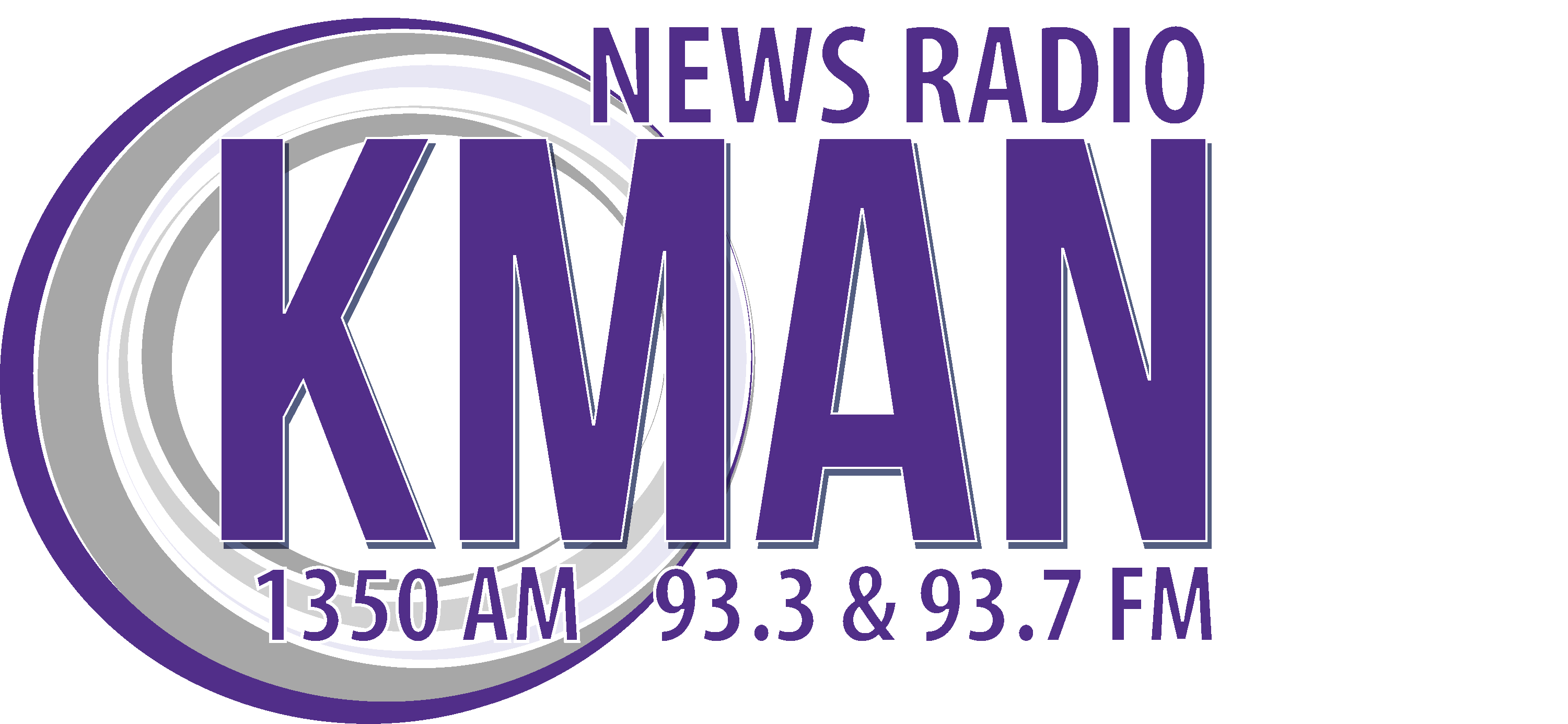A joint report released by the Kansas Department of Labor, and the city of Manhattan, outlines the series of procedural mistakes which led to the death of 30-year-old William Wiske.
The accident occurred in February at a Manhattan City trench work site on Scenic Drive near Fossilridge Drive. According to the reports Wiske and a coworker were working to clear a water pipe intersection when the east/southeast side of the trench collapsed burying Wiske. Two other workers attempted to clear the debris to free Wiske for approximately five minutes, and then called 911. Emergency personnel arrived on site, and completed extrication of the buried worker. Responding medical staff stated Wiske died from asphyxiation caused from the events at the accident.
The work site was deemed to be in violation of several procedural safety measures. Among them were failure by the work crew to provide adequate egress avenues from the trench, improper trench construction, and lack of proper oversight for the entire operation. The KDL report indicates that the sides of the trench were too steep for the depth of the trench, and soil composition. Lights from a backhoe were used to work into the evening hours, and the equipment blocked one of the ramps needed to exit the work area at the time of the incident.
Pictures taken during the excavation operation show the concrete of the roadway covering the portion of the trench wall that eventually collapsed. Officials say vibrations from the jackhammer, and other equipment could have caused cracks in the earthen wall which would have gone unnoticed due to the concrete overlay. According to the reports no shoring equipment was utilized to properly stabilize the wall. Water at the bottom of the trench is believed to have complicated the operation, and investigators point to two shut off valves which weren’t properly locked out and labeled by the work crew. Manhattan work crews do not regularly work at the 9 foot depth of the trench, and more commonly work on sites of just a little over three feet.
The City of Manhattan immediate response includes the revocation of the current Competent Person certification for members of the crew on site. The entire city work crew leaders will attend new Competent Person excavation training. A new risk management sheet is now part of the procedure for working on site excavations. Crews will now have cell phones with 911 on speed dial. Enhanced classroom training procedures will be utilized to certify crews, and shall combine those traditional classes with “in the field training” on undermining driveways and other technical excavations. Proper lighting, pumps, hand tools, safety gear and clothing, and excavation tools will be on hand at all times. Supervisor visits will be constant throughout the work day. All crews will now have knowledge of the location of the proper shoring equipment location at the local fire department.
The city of Manhattan paid for Wiske’s entire funeral expenses, and compensated the family with 150% of annual salary.


